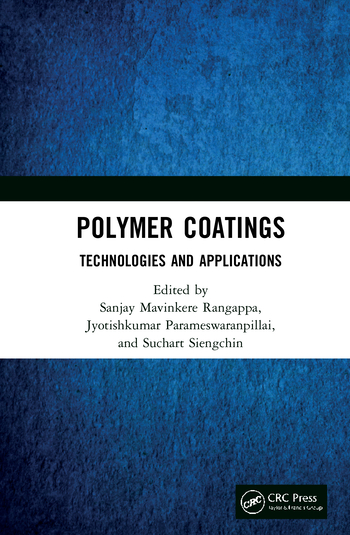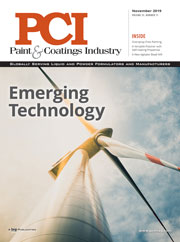Graphite Innovation and Technologies Awarded Contract With Transport Canada

HALIFAX, Nova Scotia — Graphite Innovation and Technologies (GIT) has been awarded a contract valued at $2,400,000 by Transport Canada to investigate a new technology to help reduce the underwater noise and greenhouse gas emissions (GHG) produced by marine vessels.
Marine mammals and fish use hearing as their primary sense and are highly dependent upon sound for navigation, communication, finding food, reproduction and hazard detection. Underwater noise has steadily been increasing in the ocean environment since the 1950s and is impacting marine fauna. The project will examine means and ways to reduce both underwater noise and GHG emissions from small inshore fishing boats, which are very common in Atlantic Canada and typically affect the coastal soundscape.
“The Government of Canada is committed to protecting our waters by investing in innovative technologies that reduce the impacts of shipping on the marine environment. Through Transport Canada’s Quiet Vessel Initiative, we are exploring new solutions to reduce vessel pollution and underwater noise. Our partnership with Canadian companies, including Graphite Innovation and Technologies, will not only advance these green technologies but also protect Canada’s marine mammals and marine ecosystem for generations to come,” said Minister of Transport Marc Garneau.
GIT is involved with First Nations organizations on this project to test their innovation on Indigenous-owned and operated vessels.
“This project with Transport Canada will be a key driver in revolutionizing Canada’s position as a green leader in the marine space and will help to reshape the global shipping industry,” said Marciel Gaier, GIT’s Chief Technology Officer. “Our coatings provide a green alternative to traditional marine coatings, offering greatly reduced environmental impact above and below the sea.”
The anticipated benefits from this project are a significant reduction in small boat noise levels along with improved efficiency as a result of the application of the graphene-based marine coating, XGIT™, on the shipping hull and propeller of select vessels.
GIT has also partnered with Lloyd’s Register (LR) to facilitate the project. LR is a global professional services organization with more than 260 years of experience in engineering and technology solutions that improve the safety and performance of complex, critical infrastructure and supply chains.
“Lloyd’s Register is excited to partner and support Graphite Innovation and Technologies in the new technology application enhancing sustainability and performance of the small-vessel sector, which will bring significant and long-lasting improvements to a Canadian domestic fishing fleet,” said John Hicks, Lloyd’s Register President of Americas Marine & Offshore.
LR’s main roles are to provide independent assessment of underwater noise, fuel and GHG emissions; undertake regular surveys of the fishing boats throughout the study; and, provide general advisory services on the project. Going forward, GIT and LR will actively explore other opportunities across the marine transportation sectors, specifically around emissions and noise.
The project aims to revolutionize the shipping industry, improve GHG emissions (target 40%), and to reduce underwater noise by prioritizing vessels such as ferries, tugs, fishing vessels and whale watching vessels. Results from GIT’s study will be used for a community awareness program on best operational practices to reduce underwater noise and GHG emissions. Ambient noise levels in the open ocean increased by a factor of two (specifically 3.3dB) per decade from 1950-2007 due to commercial shipping activity linked to global economic growth.
Looking for a reprint of this article?
From high-res PDFs to custom plaques, order your copy today!








